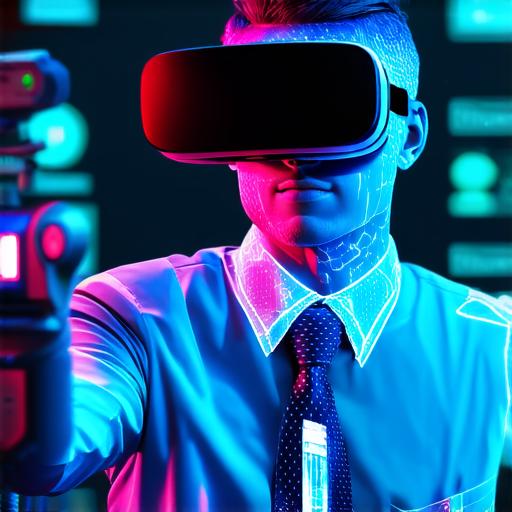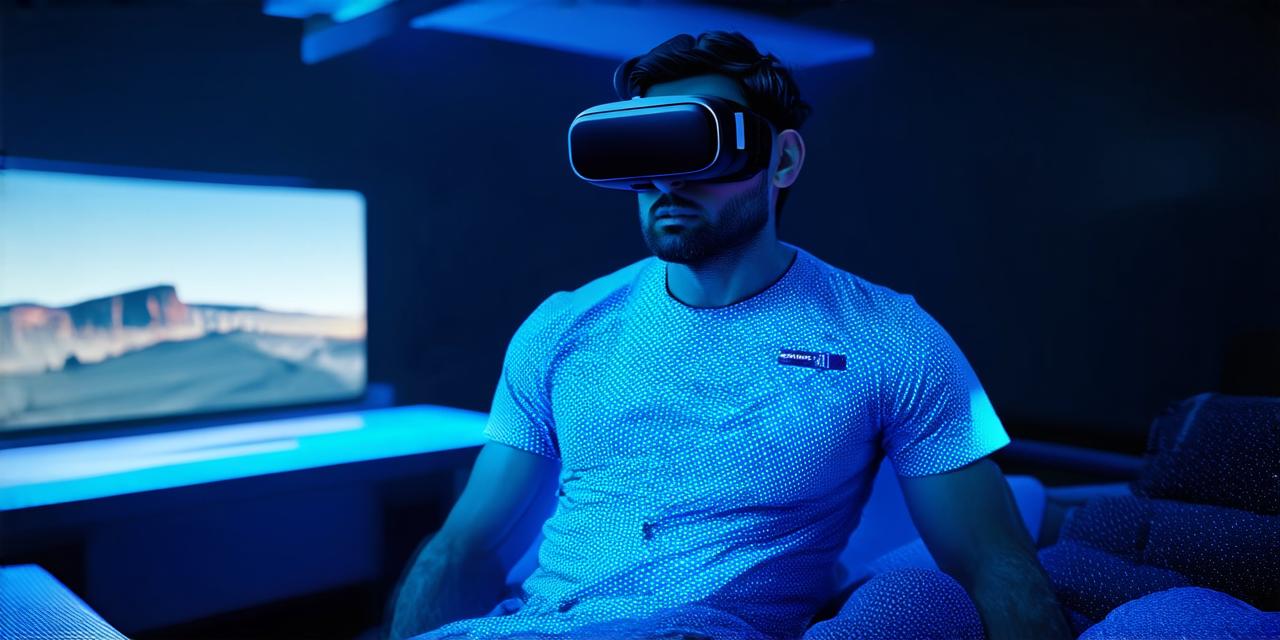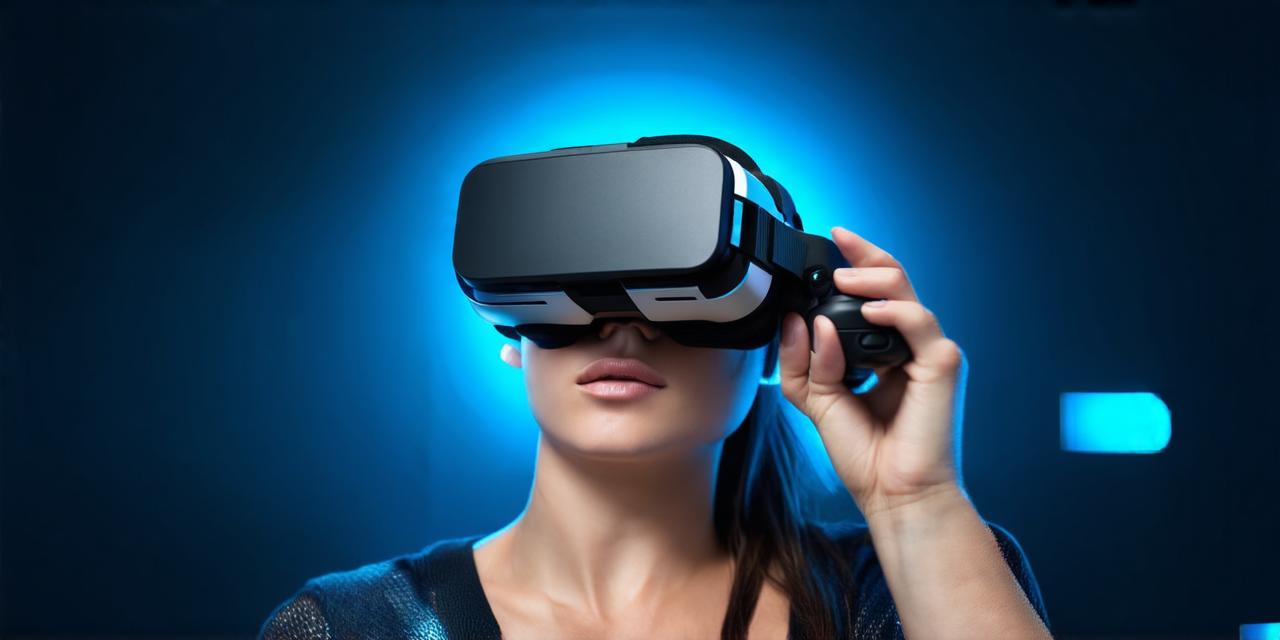Virtual reality (VR) is a rapidly growing technology that has the potential to revolutionize healthcare by enhancing patient experiences and improving medical procedures. VR can be utilized in various ways in healthcare, including:
1. Medical Training:
One of the most significant applications of virtual reality in healthcare is medical training. VR simulations can provide doctors and medical students with a realistic and safe environment to practice surgical procedures and learn new techniques. This technology allows medical professionals to gain hands-on experience without risking patients’ safety. With VR, medical students can simulate surgeries, practice wound care, and perform other medical procedures with ease.
2. Pain Management:
Virtual reality can be used to provide pain relief to patients who are undergoing medical treatments or recovering from injuries. VR headsets and controllers can be used to create immersive environments that distract the patient’s mind from pain, such as virtual landscapes, art galleries, or games. Additionally, VR therapy has been shown to reduce anxiety and depression in patients, which are common co-occurrences with chronic pain.
3. Rehabilitation:
Virtual reality can also be used for rehabilitation purposes. VR therapy can provide patients with a safe and engaging environment to practice physical therapy exercises, improve balance and coordination, and regain strength and mobility. This technology can also help patients overcome phobias or anxiety disorders, which are common barriers to recovery.
4. Mental Health Treatment:
Virtual reality can be used in mental health treatment to expose patients to controlled environments that trigger their fears and anxieties. By exposing patients to virtual scenarios that mimic real-life situations, therapists can help them learn coping strategies and overcome their phobias. Additionally, VR therapy can be used to treat post-traumatic stress disorder (PTSD) by allowing patients to confront traumatic memories in a controlled environment.
5. Medical Research:
Virtual reality can also be used for medical research purposes. By creating realistic virtual environments, researchers can study the effects of different medical treatments and procedures on patients without putting them at risk. This technology can also help researchers to better understand patient experiences, behavior, and preferences, which can lead to more effective medical interventions.
In conclusion, virtual reality has the potential to revolutionize healthcare by enhancing patient experiences and improving medical procedures. By utilizing this technology in various ways, such as medical training, pain management, rehabilitation, mental health treatment, and research, we can improve patient outcomes and advance medical knowledge.




